Are we ready to drink recycled wastewater?
Toilet-to-tap drinking water may not seem appetizing, but it’s creating water security in some of the driest places on Earth.
Drinking recycled wastewater can be a tough idea to swallow. The proposal has recently been floated in Toowoomba, Australia as a solution to the region’s drinking water scarcity, despite disgusted residents overwhelmingly rejecting the idea in 2006.
The ‘yuck’ factor is an understandable objection – yet it misunderstands what recycled wastewater is. Crucially, it overlooks the fact we already drink gallons of the stuff.
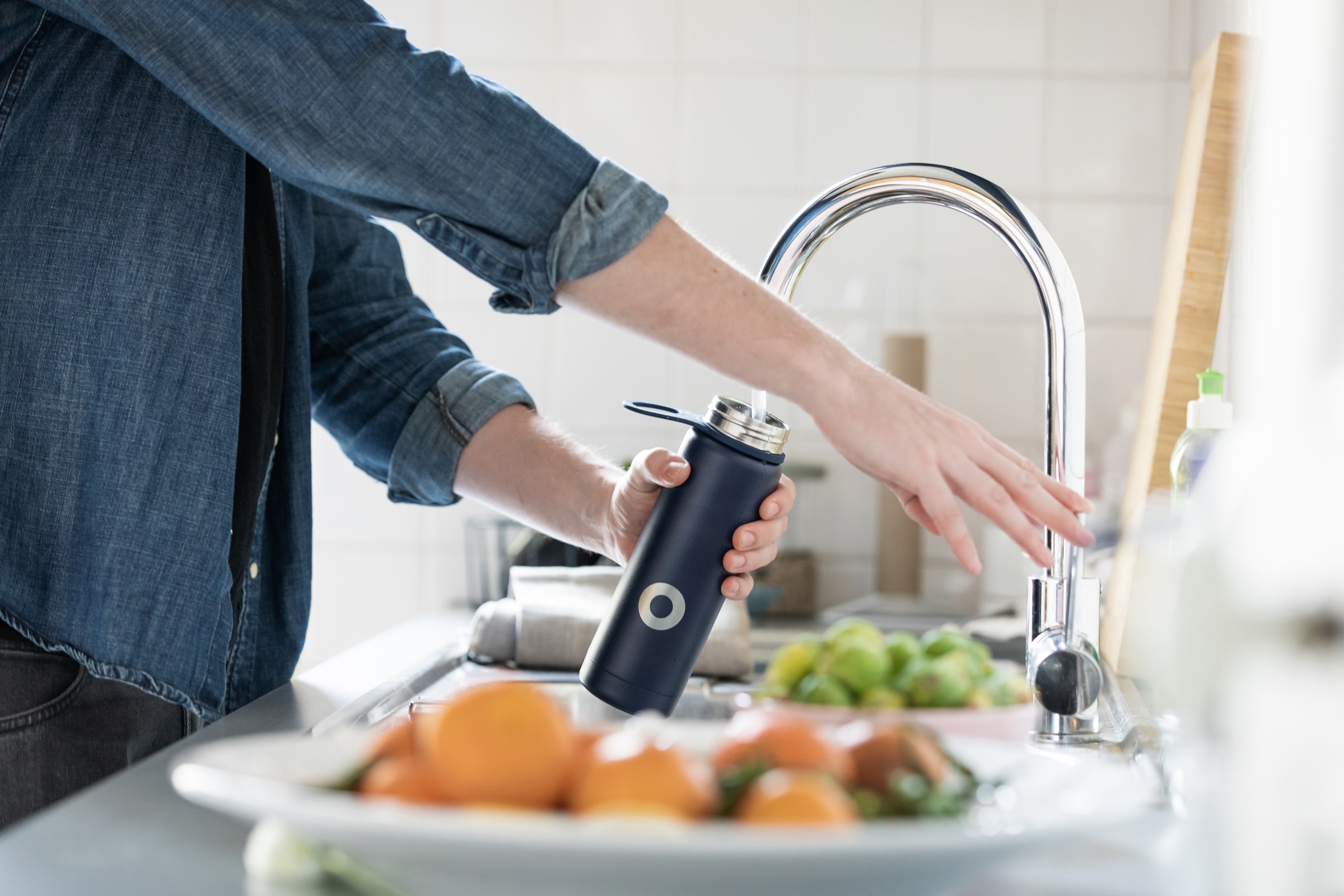
What is wastewater?
Wastewater is used water. In the home, that includes water from toilets (blackwater) as well as showers and washing machines (greywater). Rainwater run-off from roads and overflow pipes is also treated as wastewater, as is the water discharged during factory or farming processes.
Of course, we already reuse this water. It’s piped to treatment facilities to be cleaned and then released into rivers and reservoirs. Then the cycle begins again: water from those sources is purified and pumped into homes and businesses.
How does recycling help?
Recycling closes the loop by reducing the need to discharge and then collect water. It also reduces reliance on drawing freshwater from underground, or importing it; a timely intervention as cities from Cape Town to Chennai experience Day Zero water shortages.
Some housing developments, including in Noorderhoek in The Netherlands, are adopting on-site recycling methods. But elsewhere, wastewater recycling is happening on a much wider scale.
1. How Namibia led the way
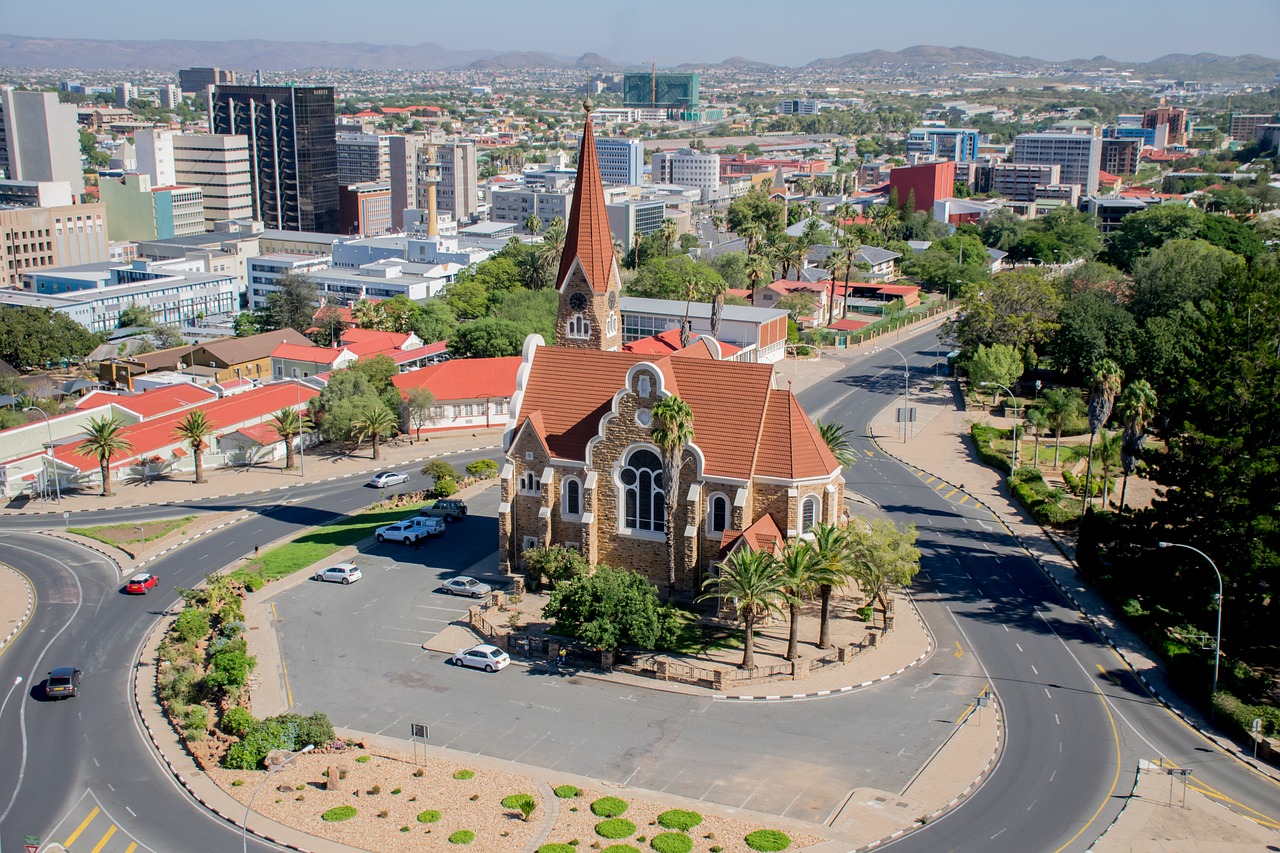
Windhoek in Namibia is ahead of the curve: it’s been producing potable wastewater for 50 years. Today, Goreangab Water Reclamation Plant supplies a third of the city’s drinking water, processing 21,000m3 of wastewater per day to do so.
Here, wastewater passes through biofiltration and granular carbon-activated filtration stages before a multi-barrier process removes microbiological and disinfectant by-products.
The switch to recycling was a response to drought and a growing population, yet Goreangab now processes greater volumes than it was initially designed for. Like many urban regions around the world, the demand for water is rising.
2. Water security in Singapore
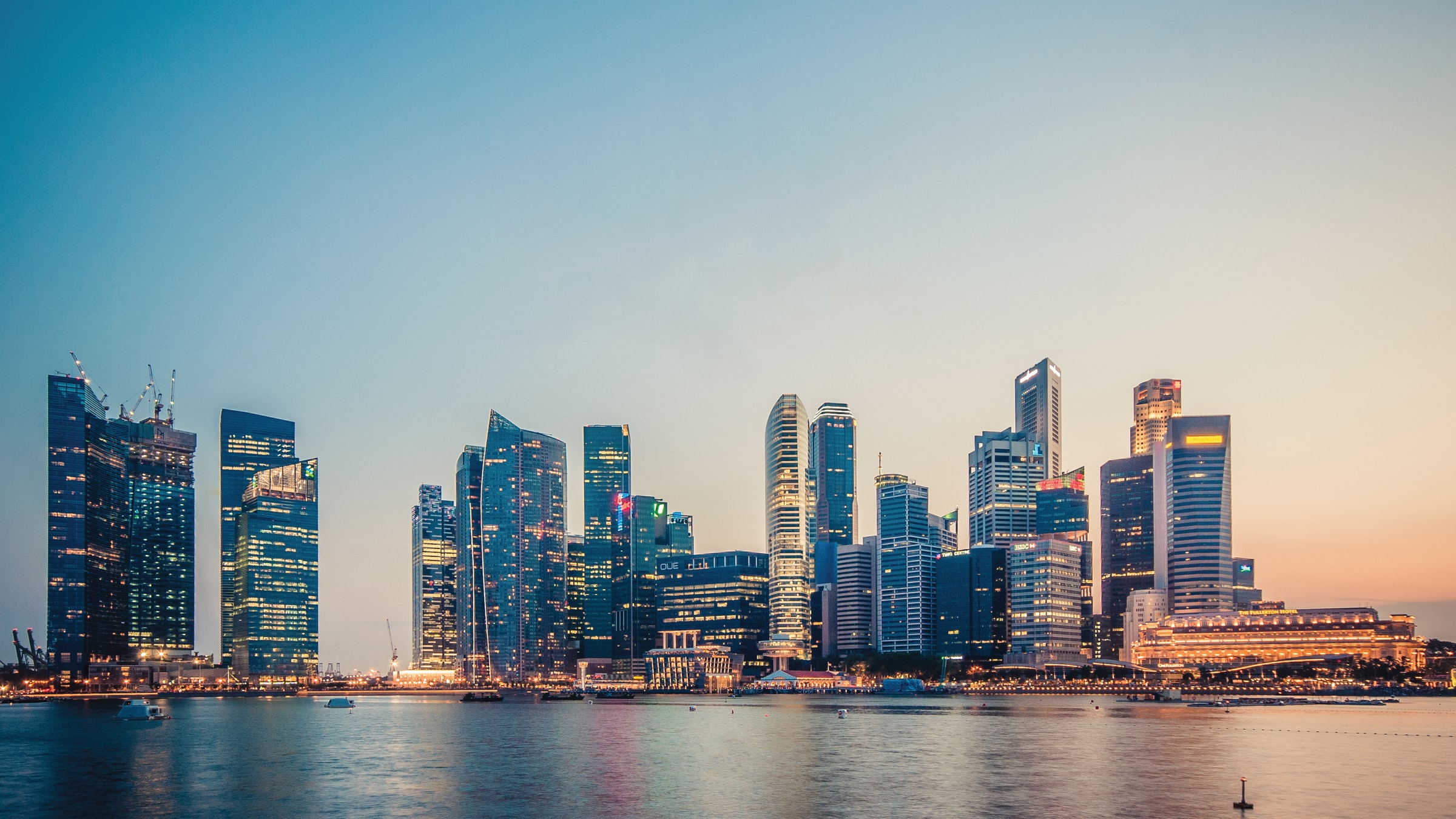
The island nation of Singapore has few natural water sources. Reliant on supplies from neighbouring Malaysia, the state has embraced wastewater to bolster domestic access.
The Changi Water Reclamation Plant is part of a deep tunnel sewerage system that ensures every drop of wastewater can be collected and recycled. The plant itself is also built partially underground to minimise land use.
Changi treats 900m litres of wastewater a day, the equivalent of 360 Olympic swimming pools. Reclaimed water is transferred to NEWater factories where further treatment makes it suitable for drinking – meeting a third of the country’s demands along the way.
3. San Diego looks to the future
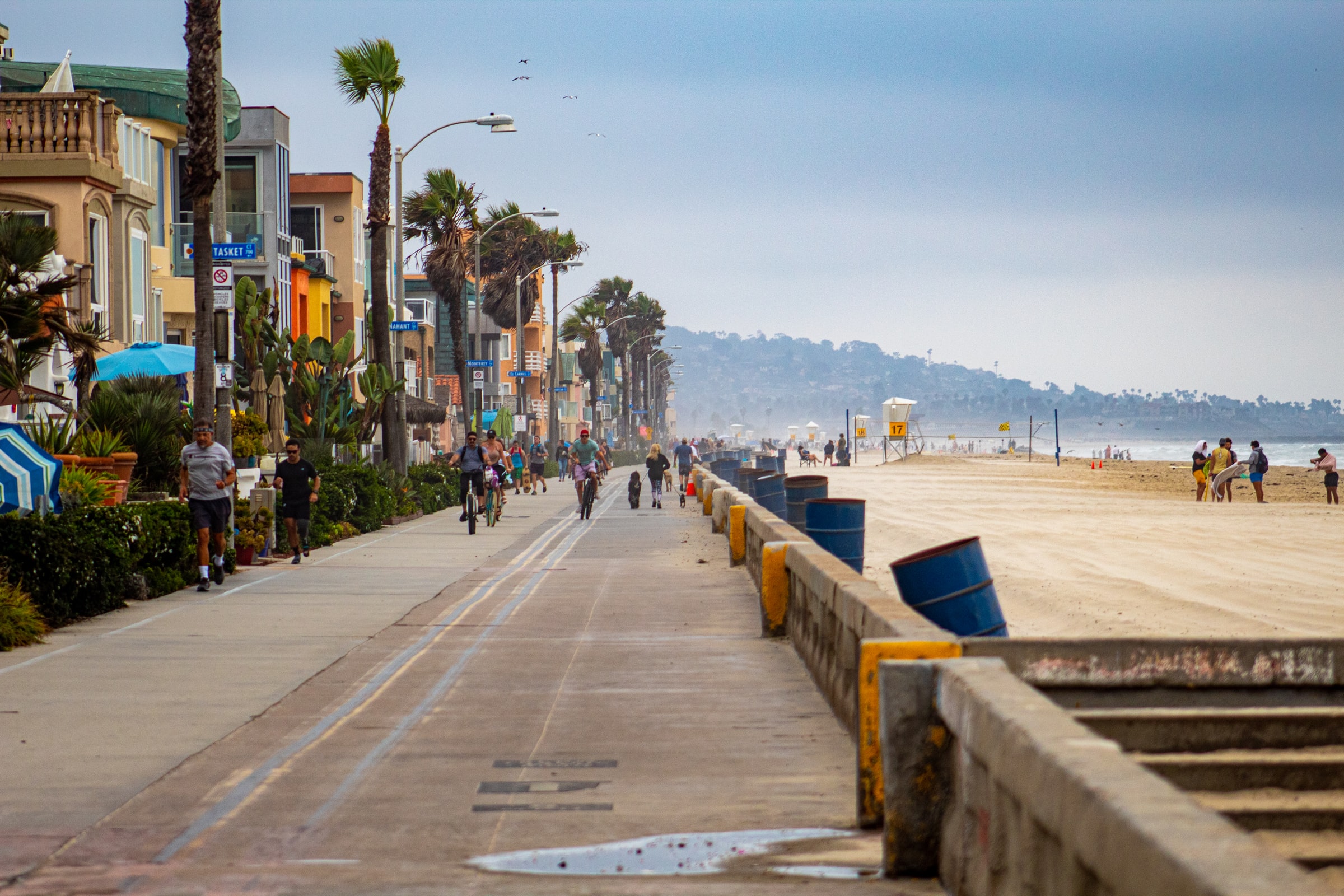
The semi-arid city of San Diego, California has historically relied on water from the Colorado River. Not only is the river shrinking because of drought, the city lies at the end of the supply pipeline – or as it’s been described, the end of a very long straw. The move towards self-sufficiency includes recycling wastewater.
At North City Water Reclamation Plant, this involves a mix of ozone, filtration and UV light to remove and destroy contaminants. What’s fascinating about the end result is that it’s so pure, minerals are added back to the treated water to make it safe for human consumption.
A further recycling facility near the Miramar neighbourhood is slated to be operational by 2025, with a third near San Diego International Airport expected in 2035. Eventually the city will produce 83 million gallons of reclaimed water a day, saving taxpayers the ever-increasing cost of imported water at the same time.
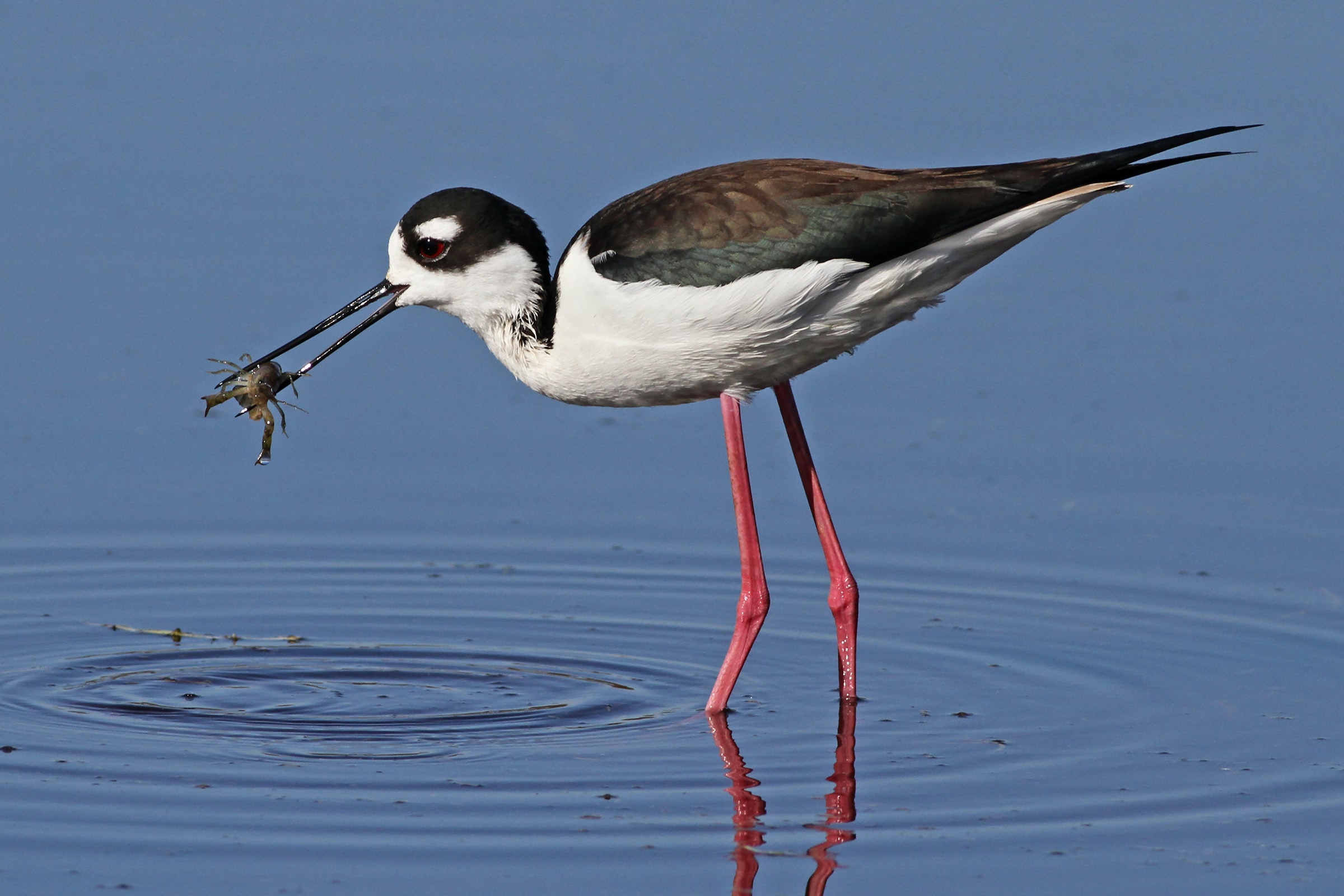
The benefits of recycling wastewater are clear for consumers, but there are important outcomes for shared ecosystems, too. Discharging raw sewage into rivers and seas (such as during storm overflow) ultimately harms the wildlife that lives there. With experts warning that 80% of wastewater enters our waterways without adequate treatment, conserving our use and wastage of water is good for us – and those we share it with.